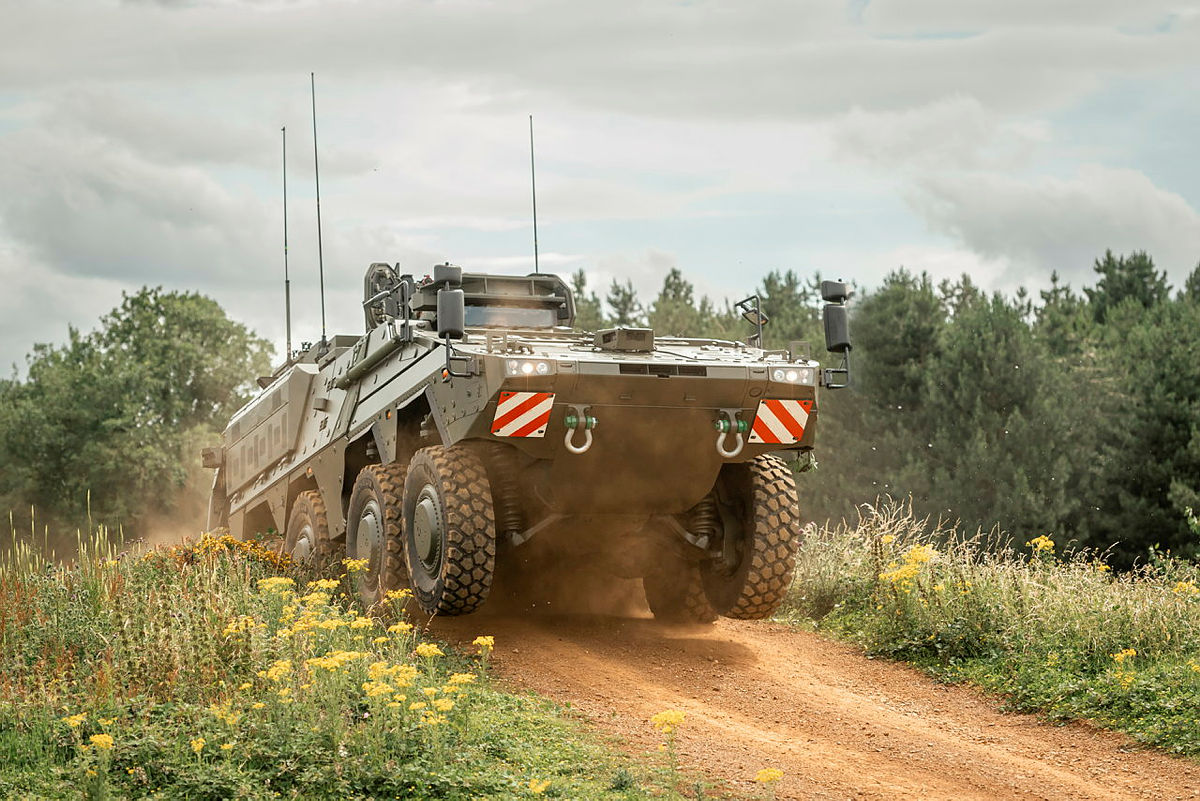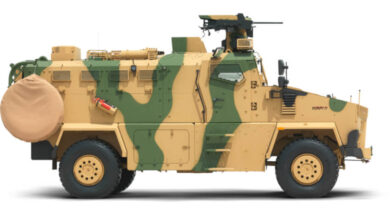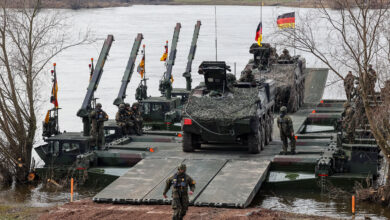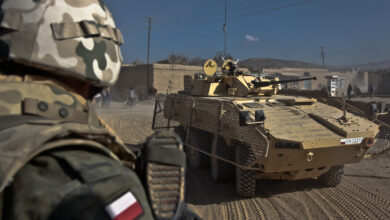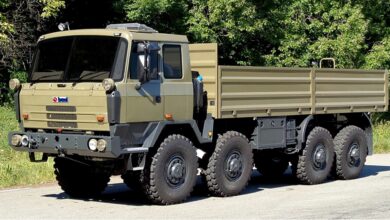The British Army’s Boxer armored fighting vehicle may not achieve its much-anticipated initial operational capability (IOC) as scheduled due to not meeting requirements.
The vehicle’s developer is required to complete more than 16,000 pages of technical documentation, which will aid soldier training and future maintenance operations.
According to British Army mechanized infantry program director Col. Iain Fake, the Boxer’s IOC fate is now “on a knife’s edge” because of the incomplete documentation.
The vehicle was originally scheduled to receive its IOC certification by late 2025, more than seven years after the UK rejoined the pan-European program.
IOC is a key milestone for military programs as it signifies that a novel system is ready for use in real-world operations, albeit with several limitations.
About the Boxer Vehicle
The Boxer is the British Army’s new state-of-the-art armored fighting vehicle designed to support rapid deployment over long distances and across various terrain.
It will be an integral part of the service’s strike brigades, with multiple variants capable of filling different roles on the battlefield.
Modular by design, the vehicle can carry up to 11 soldiers, including the crew.
It boasts a maximum speed of 103 kilometers (64 miles) per hour and an operational range of 1,050 kilometers (650 miles).
Last week, Rheinmetall and Patria unveiled a new Boxer variant, the Armored Mortar, which features a NEMO 120-millimeter turreted mortar system.

